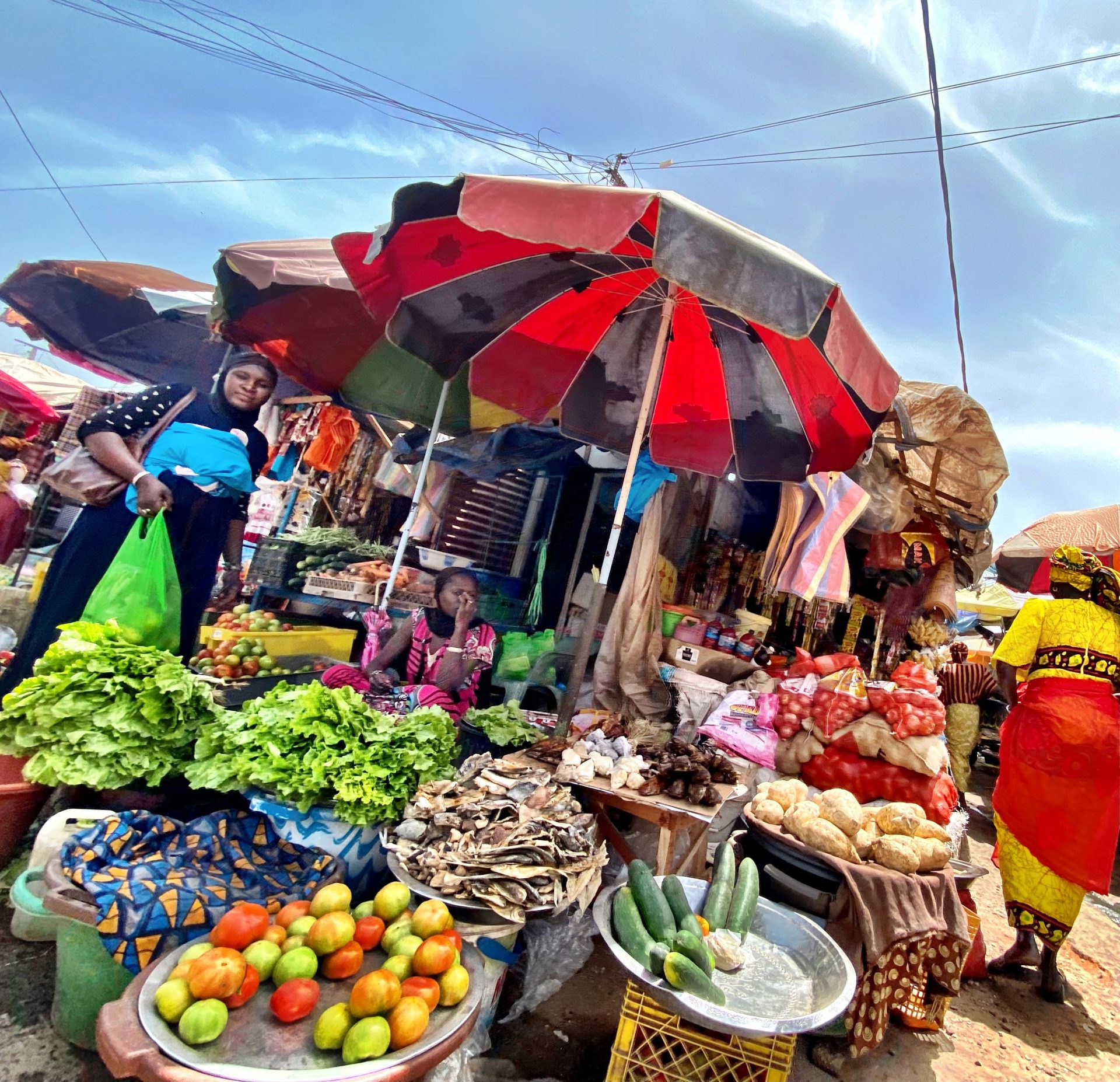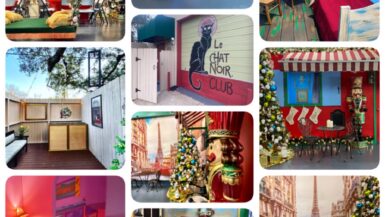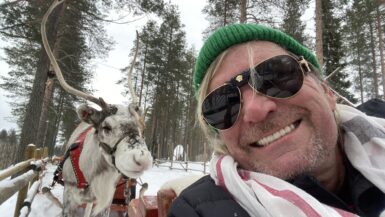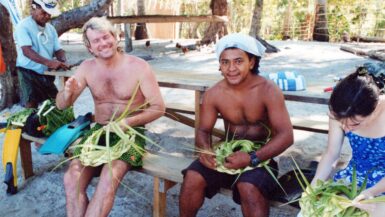Senegal might not be the first country you think of when planning a trip to Africa. However, if you’ve visited the continent before and are looking for something different, it might be the perfect destination. You won’t find safari packages here or Masai warriors in traditional garb. What you will find is very nice people, great food, unique experiences and develop a much better understanding of African history.
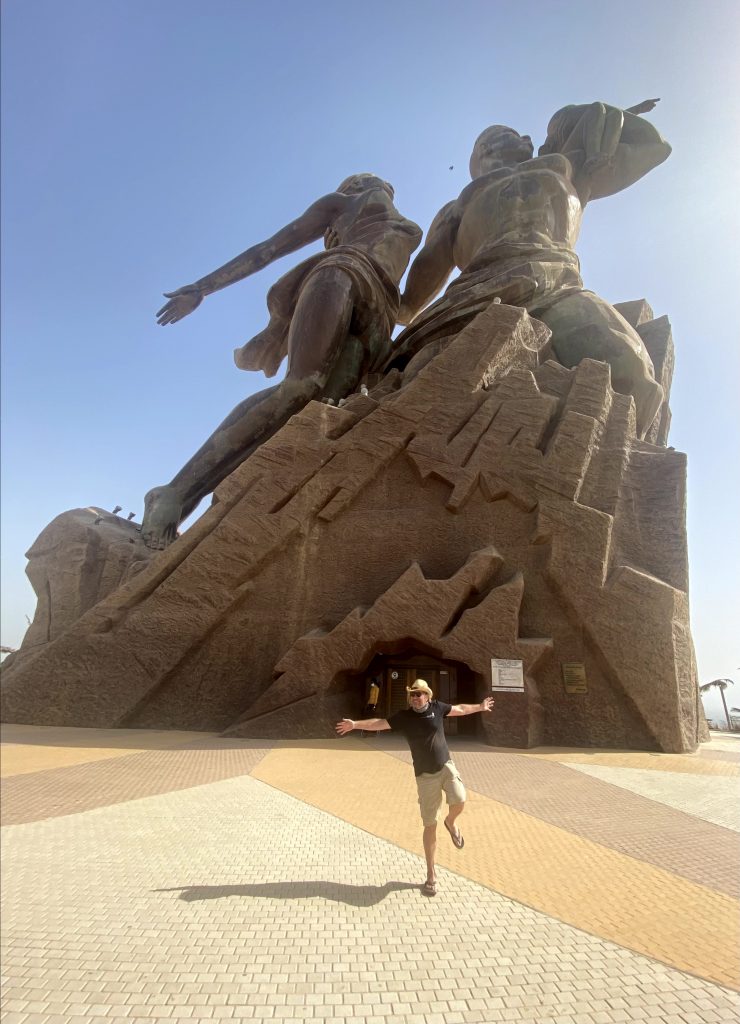
No visa required- Unlike most of Africa, US citizens don’t need a visa to visit Senegal. If you do a little online research you can also get here pretty cheap. I was able to buy a ticket from Houston to Dakar for $650. Senegal is also one of the safest countries to visit in Africa. Some writers have described it as Africa for beginners. I have to disagree unless you speak French or Wolof, the native language. Public transport is a little difficult as well and renting a car can be expensive. I hired YoYo to be my guide through Senegal, Gambia and Guinea Bissau. YoYo took me to out of the way places I’d have never found on my own and saved me a lot of time. I’ll share some of the highlights I’ve experienced on this adventure.
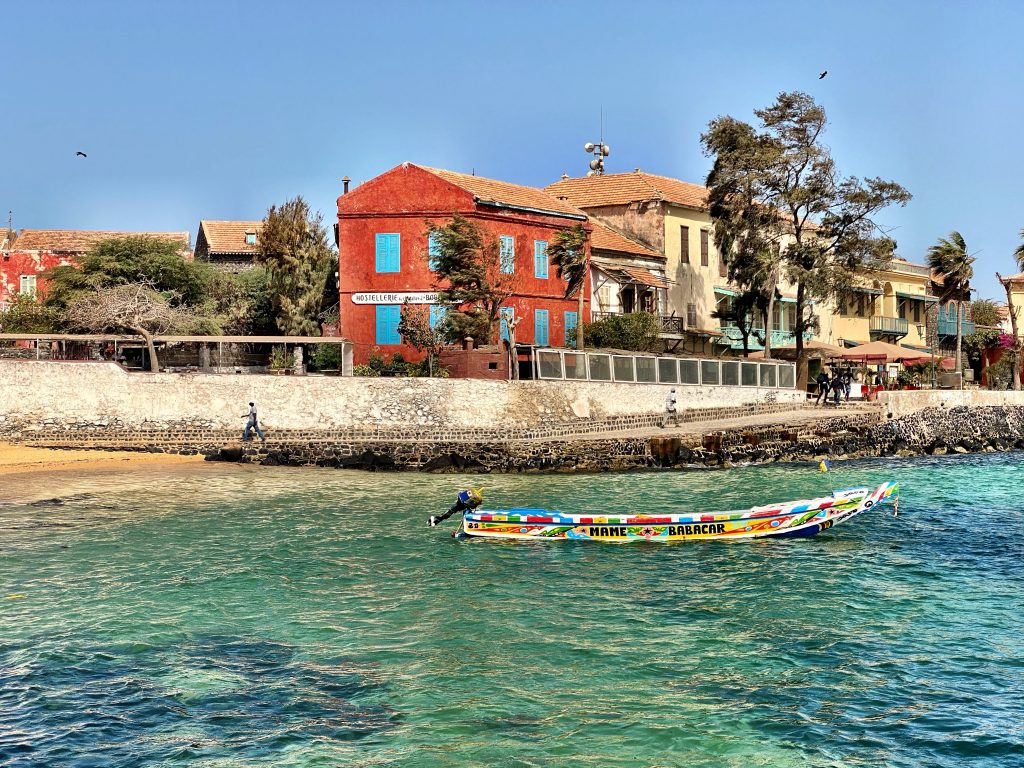
Goree island is a picturesque UNESCO site that’s the most visited spot in the country. It’s famous for its slave house, which gives visitors an Inside look at the horrors the African diaspora went through during this dark period of history. Thankfully, the world is a better place now and strolling through the winding walkways between the brightly colored buildings and flowers is a real treat. Stop in a sand art shop to see how artists take different colored sands from the country and create amazing works in minutes.
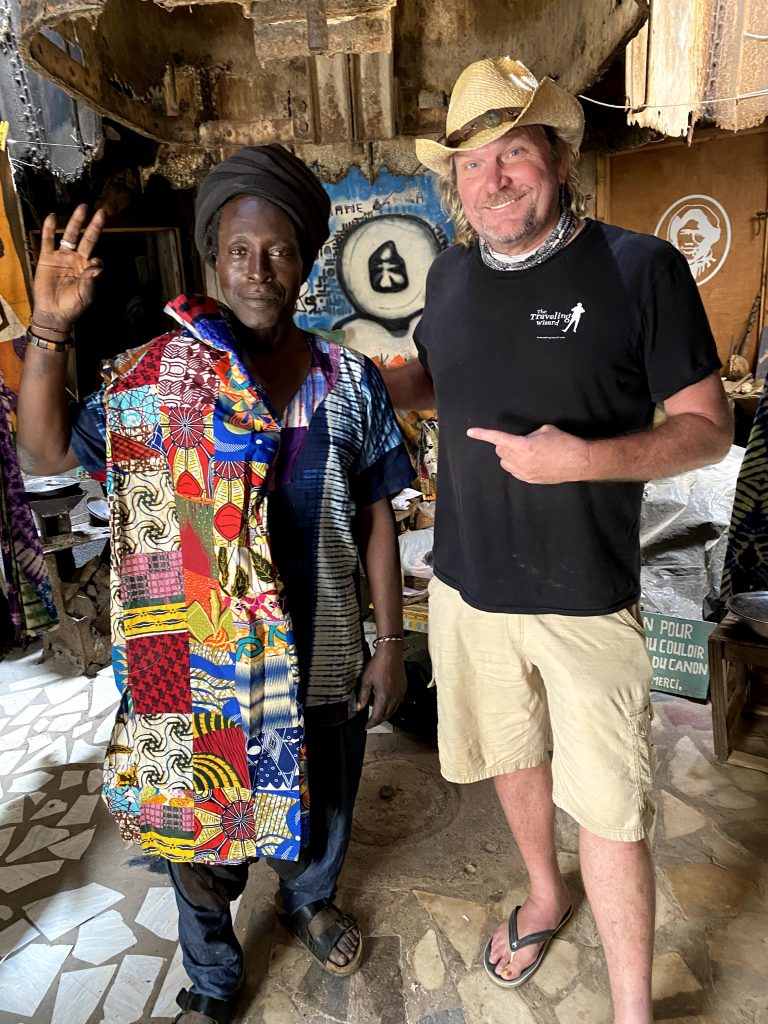
At the top of the hill you’ll find the ruins from a WWI cannon that was featured in the film Guns of Navarone . An artist who calls himself Michael Jackson sells baby baobab trees and recycled art he’s created from items washed up on the beach. However, the most interesting person I met on the island lives directly below the gun. He’ll give you a tour of his “gun lair” and dispense a bit of history if you can find the entrance to his home. He has his own line of clothing and art, and at first glance you might think he’s a Rastafarian. In truth, he’s a Bei Fall, a devout Muslim who’s lifestyle and clothing parallels Rastas in a way. You can also enjoy some awesome seafood at one of the waterfront cafes while waiting for a return ferry to the mainland. Round trip tickets are around $10. While in Dakar, check out the African Renaissance statue about 10 minutes from the port. It’s surprisingly huge and you’ll want to climb up the stairs to the base of the statue to appreciate its immense size.
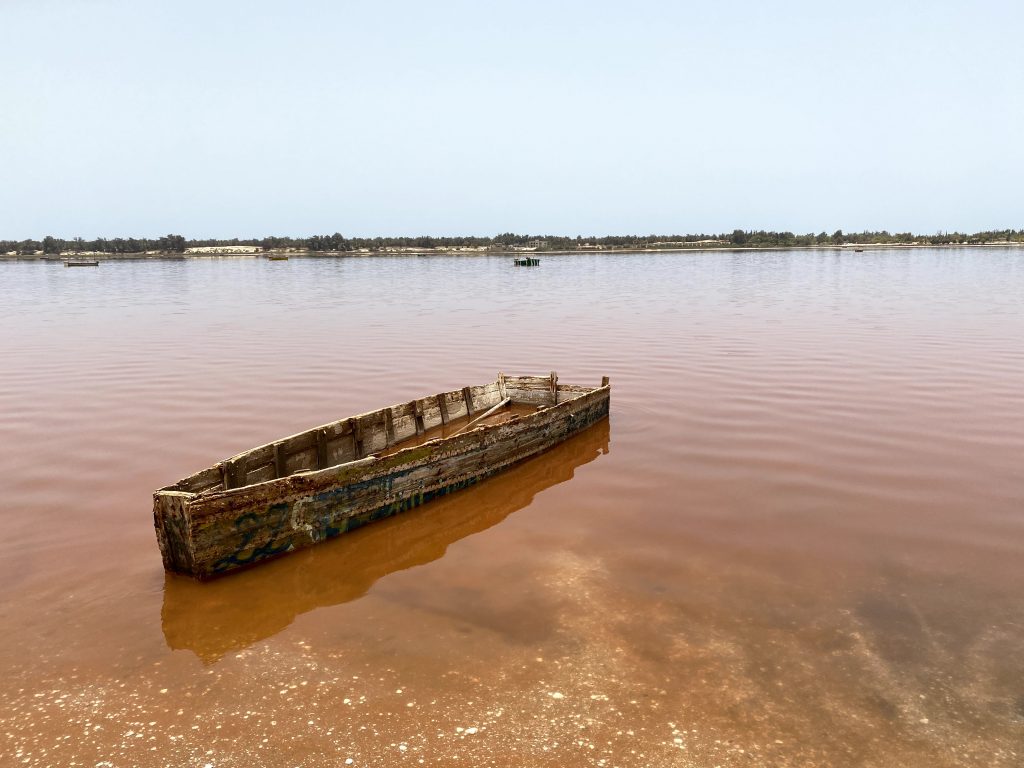
Whether you decide to head north to St. Louis or south to the delta, you’ll want to make a stop at Lake Retba, Senegal’s pink lake. It’s a funky experience when it’s hot and windy and the lake looks like strawberry milk. It was more of a pink-tint orange color on my visit, but weird nonetheless and it’s only an hour from Dakar. You can you can see where the country gets some of its salt supply and you’ll probably appreciate your job back home a little more . The pinkish tint comes from the algae bacteria that thrives in this salty lake.
Saloum Delta- to get away from it all. head south to the sparsely populated area known for its islands and mangrove forests. As you head south, you’ll see less of the traffic of Dakar and more Baobab trees as the countryside becomes greener and less dusty.
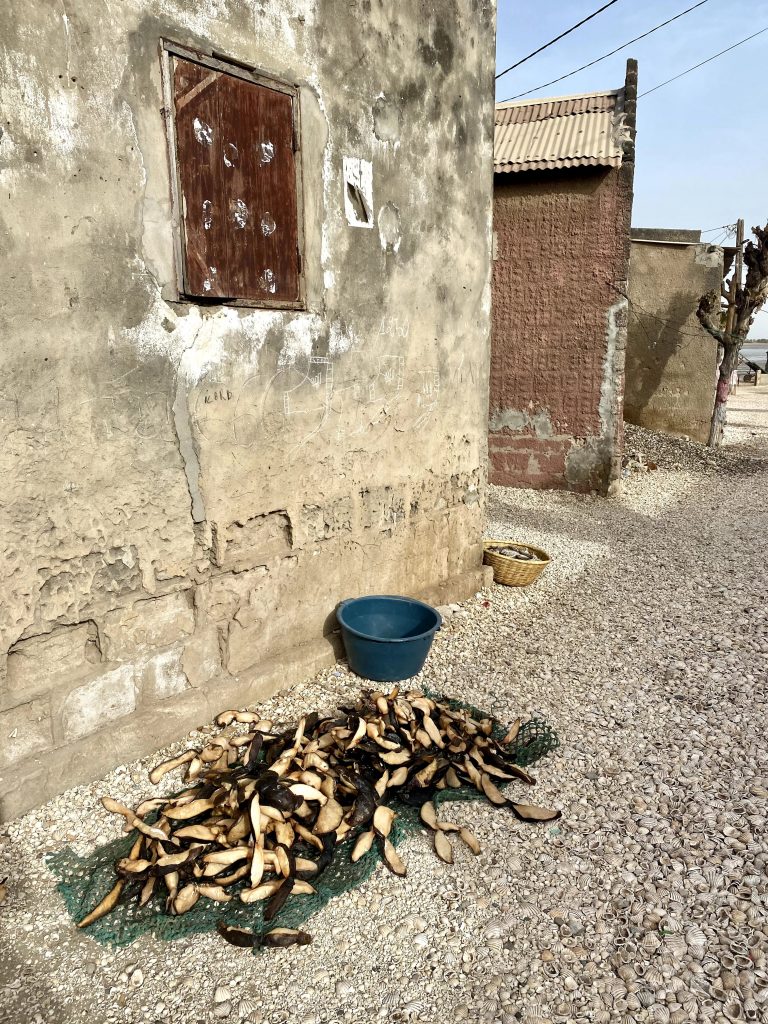
But before you kick your feet up on the delta, make a stop at the twin villages of Joal/Fadiouth. Fadiouth is better known by tourists as Shell Island, an entire town reclaimed from the sea using, yes, shells. You’re unlikely to ever see more shells than you will on this intimate island that sells shellfish on the seashore. You park your car and walk across a long bridge to get to the island. There’s scores of pigs digging for shells during the low tide. The island is a peaceful mix of Christians and Muslims living together on a bed of shells. There’s a sacred baobab tree in front of the Christan church which is a holdover from animist times that becomes a focal point for the occasional sacrifice or funeral.
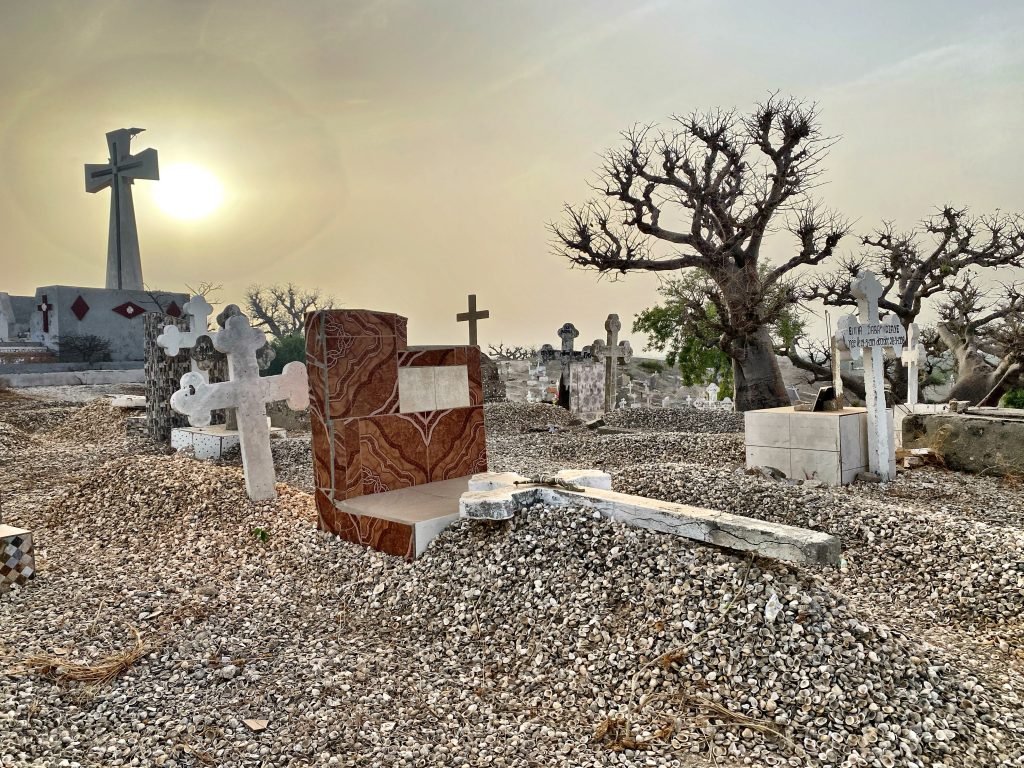
The cemetery can be found after crossing a second bridge and is very surreal and Instagram-worthy with its shell graves and huge baobab trees dotting the island. Baobab trees without leaves make the scariest trees ever and this cemetery is creepy-cool.
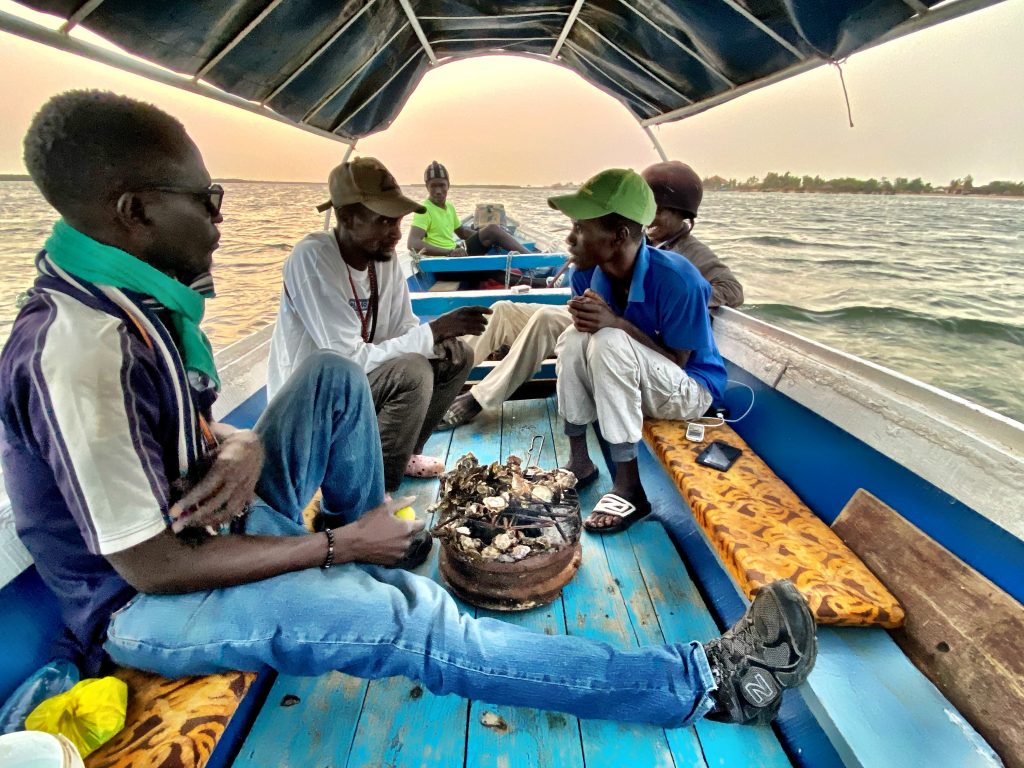
To get to the delta from Shell Island, head to the town of Ndangane where you can catch a boat to Mar Lodj. I stayed in a cool little waterfront hut called Nouvelle Vogue. It’s a slow paced lifestyle on the delta but there’s a few interesting things to do while you’re unwinding. Take a pirogue to see do some birds watching and get your captain to pull next to the mangroves and hack off a branch covered with oysters. There’s millions of the little fellas clinging onto the roots and no one seems very interested in gathering them. My boat had a little fire pit and we threw them on some coals and enjoyed them around sunset.
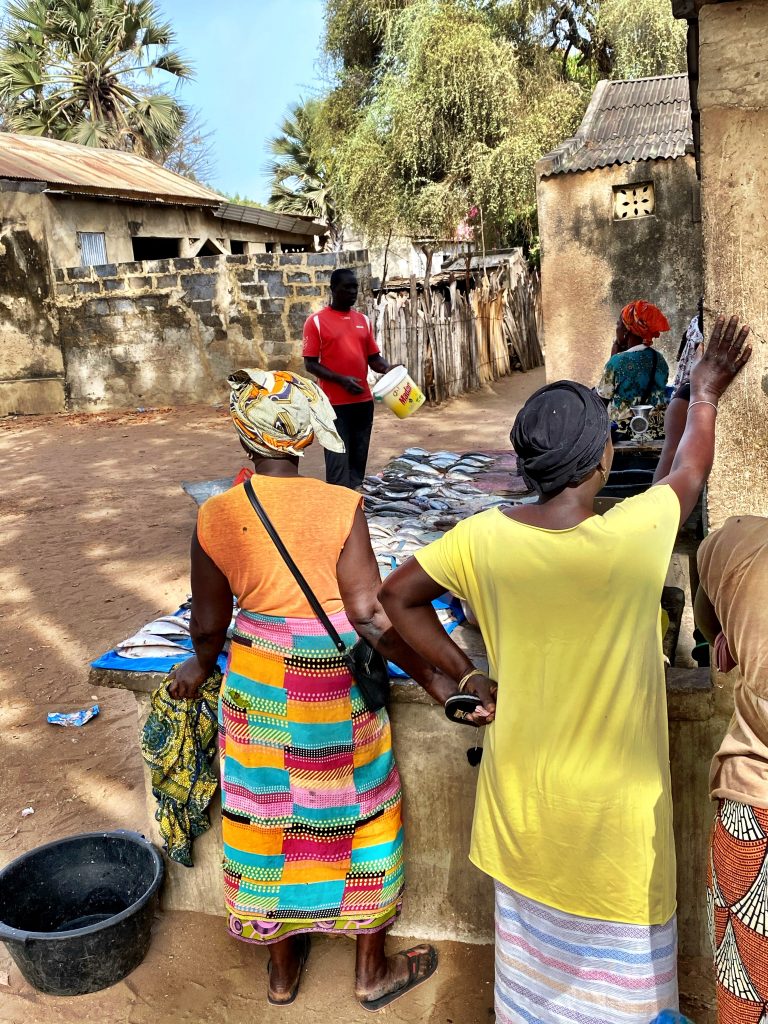
You can also walk or ride a horse cart into one of the three villages and wander around, go fishing or take a swim. There’s a little Rasta bar a few minutes away by boat where you can drink a local beer and listen to reggae. The delta is a great place to escape the traffic of Dakar and see how the country folk live. I also discovered at least 3 fruits I’ve never seen anywhere else in the world.
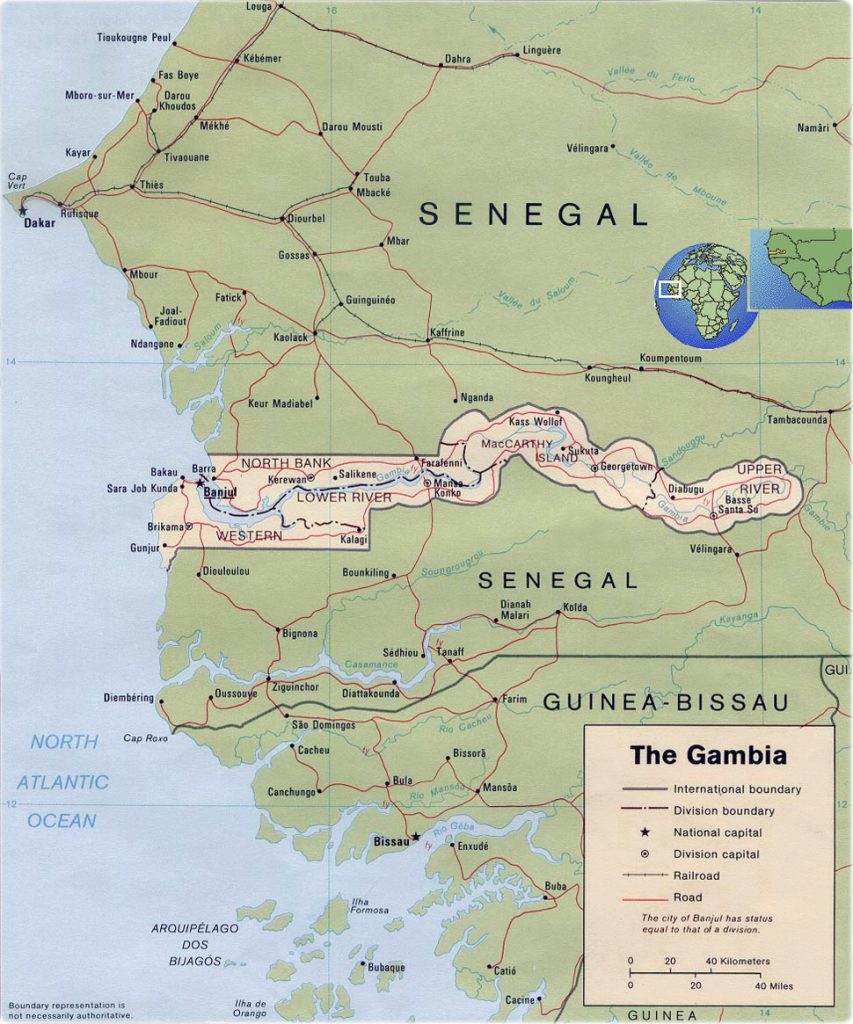
Gambia and Casamance- The Gambia is an independent country but situated like a giant patty in the middle of a Senegal hamburger. The northern portion of Senegal is Sahara desert, the southern part is green and the agricultural center of the country. It’s called Casamance and has a completely different vibe than it’s northern counterpart. You can drive around Gambia, but most travelers opt for a day or two in this former British colony. You can get a visa at the border for around $40. Apparently the price is negotiable and no photos are required.
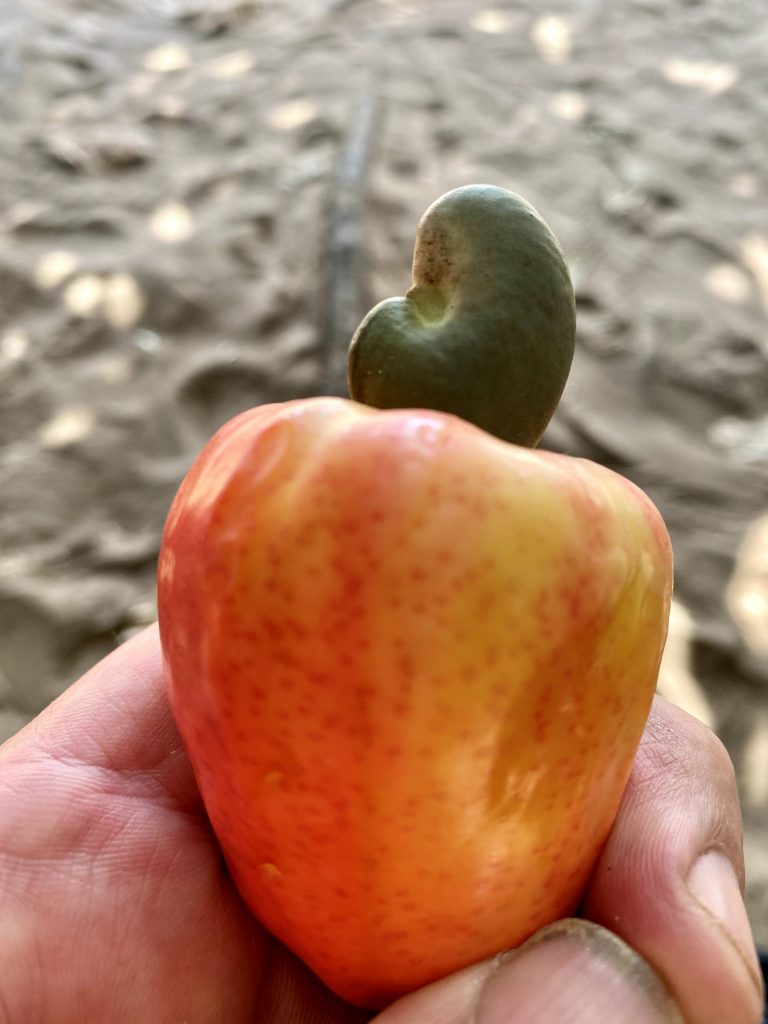
After passing through Gambia we headed to the coastal town of Abene which is an off-the-grid village famous for its African music festival. Transport is by motorcycle taxi and the roads are sand. Cashew trees line the roads, so if your timing is right, you can enjoy the tasty fruit most of us don’t even know exists and roast some fresh cashew nuts over a fire. There’s mangos as well as lots of other fruits I’ve never seen anywhere like neew and solom. I stayed at Les Baobab which has cute little huts near the beach, WiFi and cold La Gazelle beer. What more could you ask for?
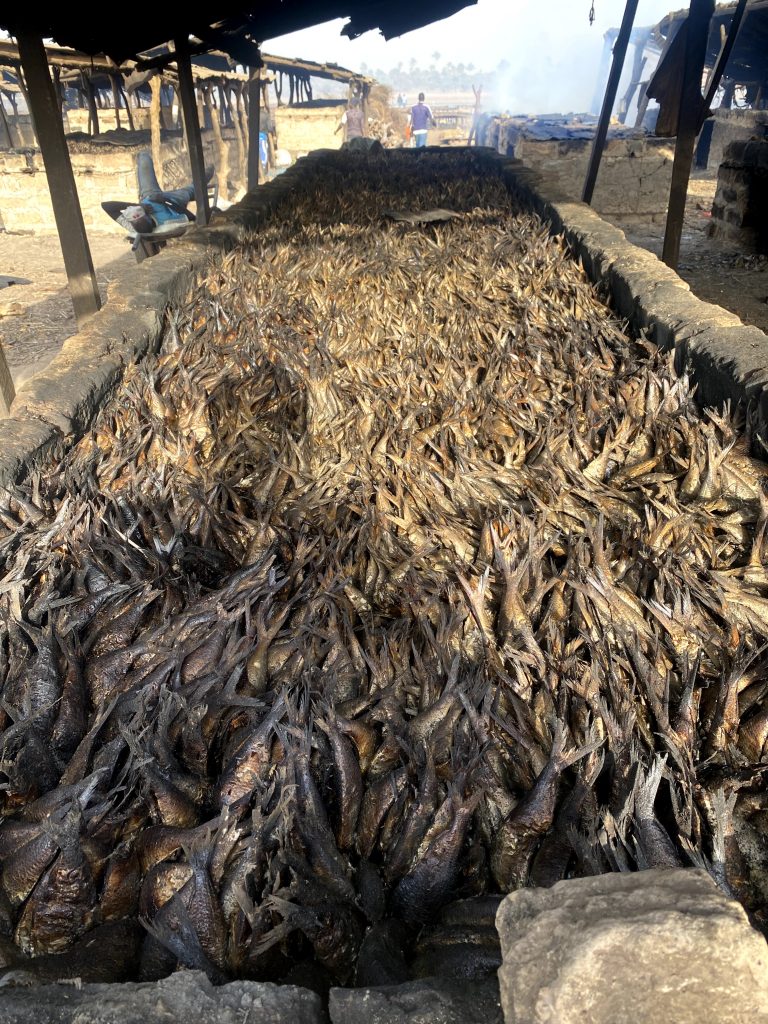
Take a motorcycle taxi to Kafountine for a surreal look at how locals catch and dry fish. It’s doubtful you’ve ever seen anything that parallels the infinite racks of fish parts and the roaring fires below. The smoky haze and millions of headless fish look like an apocalyptic scene from a science fiction movie. On the shore, it’s fishing madness with countless pirogues pulling in conch and other treasures from the sea. Kafountine also hosts the liveliest carnival in the country.
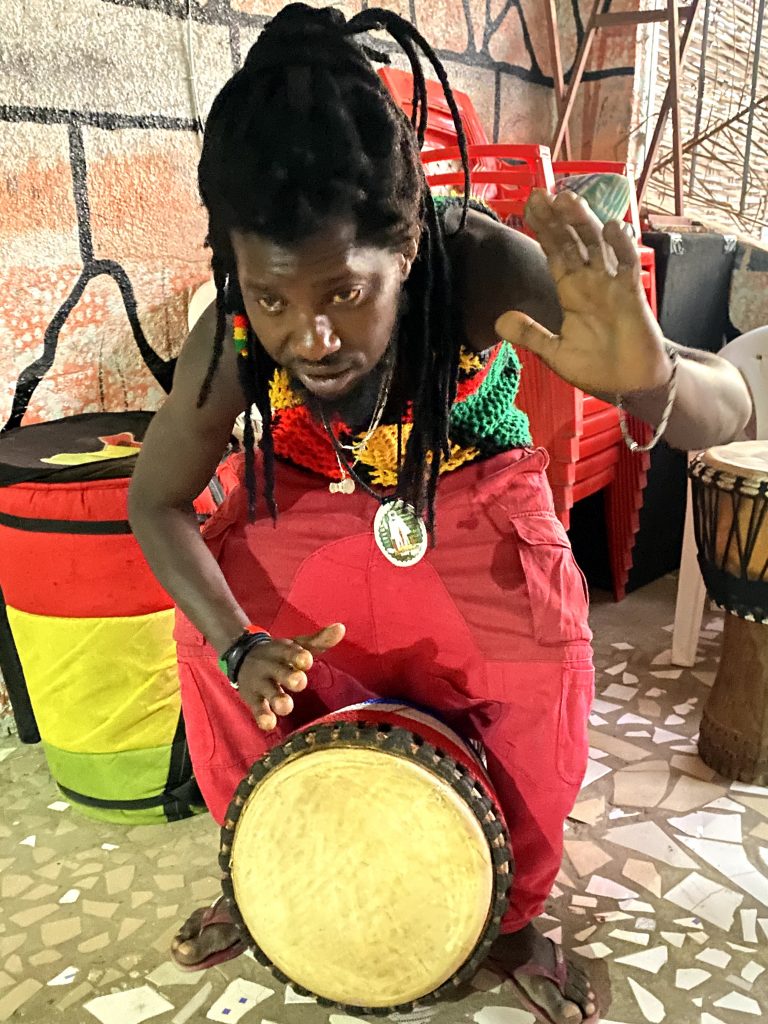
At the very southwest corner of the country lies Cap Skirring. With its beautiful palm lined beaches and grass hut bars, you’ll notice the abundance of French people who have come to escape the restrictions of the pandemic in their home country. Good food, cheap drinks, and Djembe drummers, what’s not to like? There’s an outdoor Kadioute museum if you’d like to delve into the history and workings of the Animist “religion”.
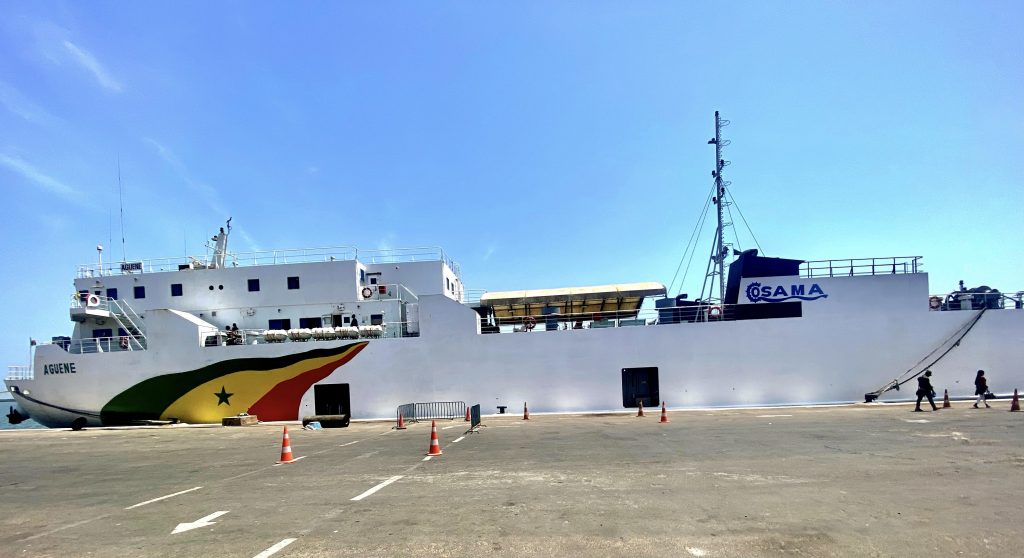
An hour west of paradise lies the noisy capital of Casamance, Ziguinchor. It’s the transportation hub for those looking to head to eastern Senegal, Guinea-Bissau or for those catching the bi-weekly overnight ferry back to Dakar. I opted to do that and it’s a unique experience. The 19- hour voyage currently leaves on Thursdays and Fridays. If you want a bed, you need to book early and ask for one. I assumed a bed was part of the deal, but I got a reclining seat in front of a blaring TV instead. You’ll want to bring food with you because the “restaurant” is really just a bar that serves barely edible sandwiches and beer. As the boat sails to the river’s mouth and heads north to Dakar, you can see the palm lined shores and maybe a few dolphins. It’s a nice change if you want to skip Gambia and the long car ride.
St. Louis is also a popular destination 3.5 hours north of Dakar. The old town is a UNESCO site with beautifully preserved buildings and is the home of the Senegal Jazz Festival. Stop in Touba on the way, the holy city that locals visit in lieu of Mecca and the birthplace of Bamba, the country’s most revered religious leader. St. Louis is on the border of Mauritania, so some travelers opt to continue through on their way to Morocco.
Looking for a new adventure? Senegal packs a lot of amazing experiences into one country and is a great hub for exploring West Africa.


